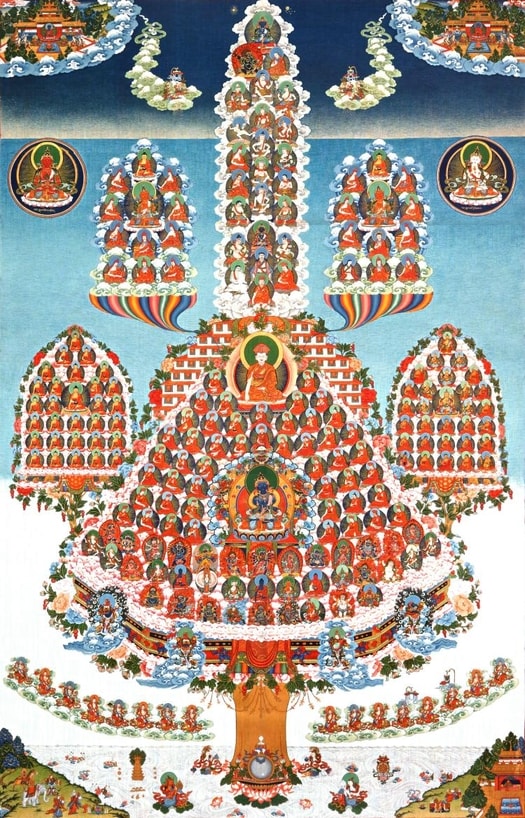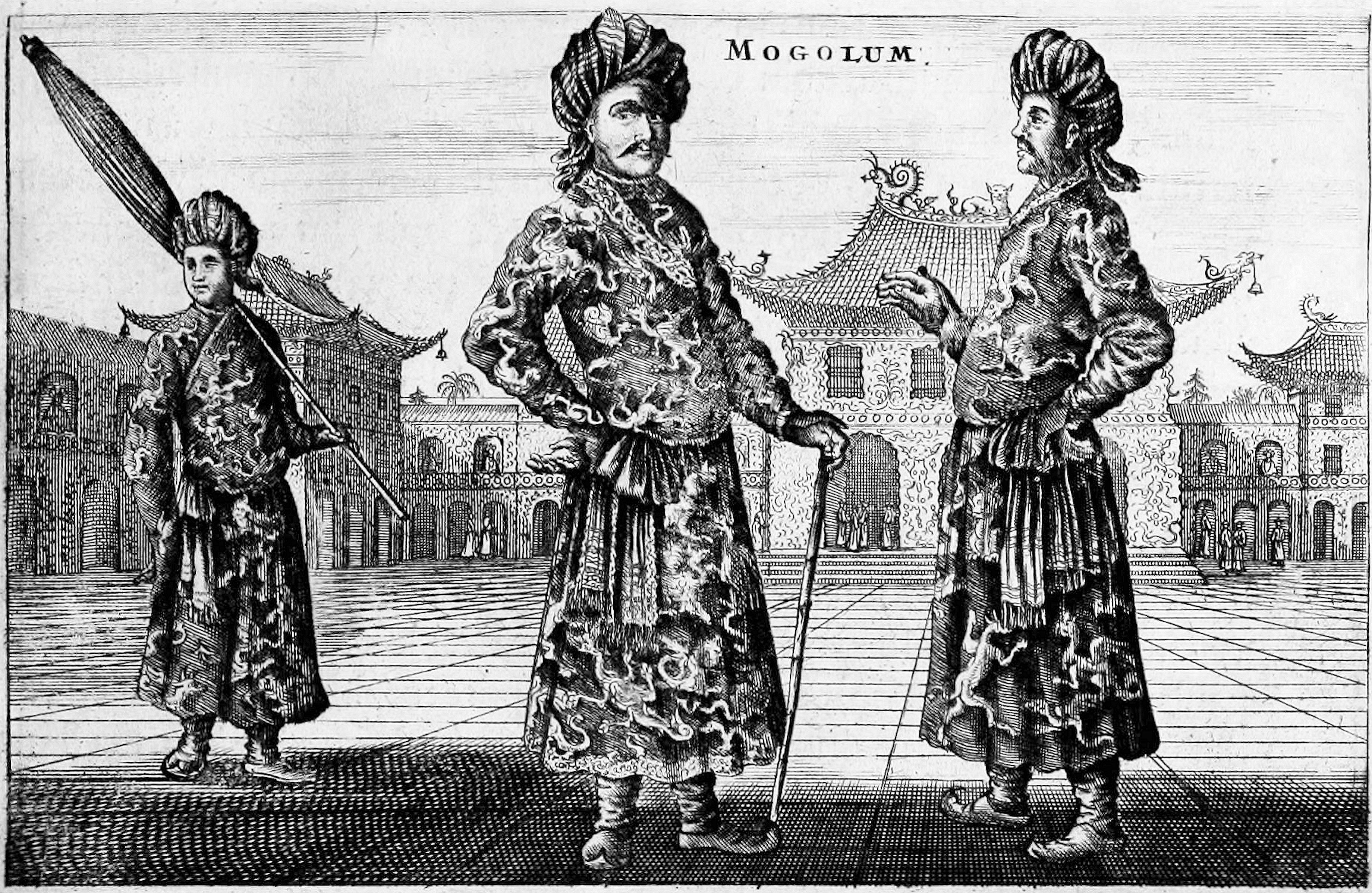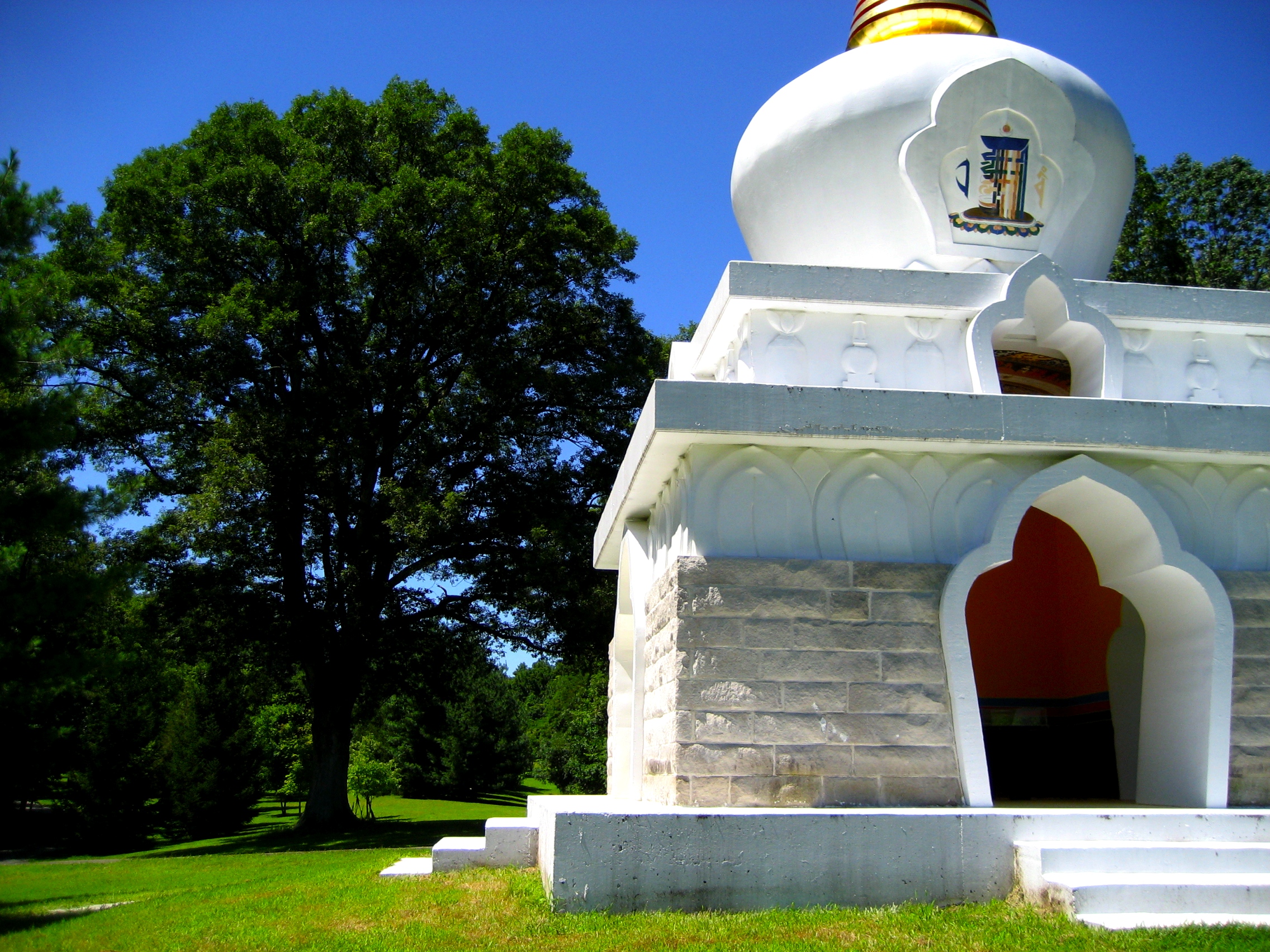|
Drogön Chögyal Phagpa
Drogön Chogyal Phagpa (; ; 1235 – 15 December 1280), was the fifth leader of the Sakya school of Tibetan Buddhism. He was also the first Imperial Preceptor of the Yuan dynasty, and was concurrently named the director of the Bureau of Buddhist and Tibetan Affairs, serving during the reign of Kublai Khan. Historical tradition remembers him as the first vice-ruler of Tibet under the Yuan emperor as well as one of the Five Sakya patriarchs (). Although this is historically disputed, he played a very important political role. Early life Phagpa was born in Ngari (West Tibet) in 1235 as the son of Sönam Gyeltsen (, 1184–1239), a member of the Khon family () which held hereditary power over the Sakya Monastery in the Tsang region, and his mother was Kunga Kyi (). The ''Red annals'' name his mother as Jomo Konchog Kyi. He was the nephew of Sakya Pandita (1182-1251), who began the relationship between Sakya and the Mongol conquerors after their first invasion of Tibet in 1240. In ... [...More Info...] [...Related Items...] OR: [Wikipedia] [Google] [Baidu] |
Chogyal
The Chogyal ("Dharma Kings", ) were the monarchs of the former Kingdom of Sikkim, which belonged to the Namgyal dynasty. The Chogyal was the absolute monarch of Sikkim from 1642 to 1975, when the monarchy was abolished and the Sikkimese people voted in a referendum to make Sikkim the 22nd state of India. History From 1642 to 1975, Sikkim was ruled by the Namgyal Monarchy (also called the Chogyal Monarchy), founded by Phuntsog Namgyal, the fifth-generation descendant of Guru Tashi, a prince of the Minyak House who came to Sikkim from the Kham province of Tibet. Chogyal means 'righteous ruler', and was the title conferred upon Sikkim's Buddhist kings during the reign of the Namgyal Monarchy. The reign of the Chogyal was foretold by the patron saint of Sikkim, Guru Rinpoche. The 8th-century saint had predicted the rule of the kings when he arrived in the state. In 1642, Phuntsog Namgyal was crowned as Sikkim's first Chogyal in Yuksom. The crowning of the king was a great ev ... [...More Info...] [...Related Items...] OR: [Wikipedia] [Google] [Baidu] |
śrāmaṇera
A sāmaṇera (Pali); sa, श्रामणेर (), is a novice male monastic in a Buddhist context. A female novice is a ''śrāmaṇerī'' or ''śrāmaṇerikā'' (Sanskrit; Pāli: ''sāmaṇerī''). Etymology The ''sāmaṇera'' is a Pali language diminutive equivalent to the Sanskrit term ''śrāmaṇera'', which indicates an ascetic practitioner. Therefore, sāmaṇera might be said to mean "small or young renunciate". In some South and Southeast Asian Buddhist traditions, the term refers to someone who has taken the initial pravrajya vows but not the upasampada or full ordination. The pratimokṣa rules do not apply to them and they do not take part in the recital of the rules on uposatha days. The Sanskrit word ''śrāmaṇerikā'' is the feminine form of ''śrāmaṇera''. History The account provided in the literature of South Asian Buddhism (and adopted by other Buddhist sects) is that when Gautama Buddha's son Rāhula was seven years old, he followed the ... [...More Info...] [...Related Items...] OR: [Wikipedia] [Google] [Baidu] |
Middle Mongol Language
Middle Mongol or Middle Mongolian, was a Mongolic koiné language spoken in the Mongol Empire. Originating from Genghis Khan's home region of Northeastern Mongolia, it diversified into several Mongolic languages after the collapse of the empire. In comparison to Modern Mongolian, it is known to have had no long vowels, different vowel harmony and verbal systems and a slightly different case system. Definition and historical predecessors Middle Mongol is close to Proto-Mongolic, the ancestor language of the modern Mongolic languages, which would to set at the time when Genghis Khan united a number of tribes under his command and formed the Khamag Mongol. The term "Middle Mongol" is somewhat misleading, as what would generally by language naming rules be termed "Old Mongolian" in this terminology is actually Proto-Mongolic. The existence of another ("old") Mongol clan federation in Mongolia during the 12th century is historical, but there is no language material from this period. ... [...More Info...] [...Related Items...] OR: [Wikipedia] [Google] [Baidu] |
Drikung Kagyu
Drikung Kagyü or Drigung Kagyü ( Wylie: 'bri-gung bka'-brgyud) is one of the eight "minor" lineages of the Kagyu school of Tibetan Buddhism. "Major" here refers to those Kagyü lineages founded by the immediate disciples of Gampopa (1079-1153) while "minor" refers to all the lineages founded by disciples of Gampopa's main disciple, Phagmo Drupa (1110-1170). One of these disciples, Jigten Sumgön (1143-1217), is the founder of Drikung. History Like with all other Kagyu lineages, origins of Drikung Kagyü can be traced back to the Great Indian Master Tilopa who passed on his teachings to Mahasiddha Naropa who lived around 10th and 11th century. The founder of the Drikung Kagyü lineage was Jigten Sumgön (1143-1217) of the Kyura clan, who was the disciple of Phagmo Drupa. According to historical account from the time, Jigten Sumgön's teachings attracted more than 100,000 people at a time, with the highest number of attendance recorded at 130,000. Several sub-schools bran ... [...More Info...] [...Related Items...] OR: [Wikipedia] [Google] [Baidu] |
Möngke Khan
Möngke ( mn, ' / Мөнх '; ; 11 January 1209 – 11 August 1259) was the fourth khagan-emperor of the Mongol Empire, ruling from 1 July 1251, to 11 August 1259. He was the first Khagan from the Toluid line, and made significant reforms to improve the administration of the Empire during his reign. Under Möngke, the Mongols conquered Iraq and Syria as well as the kingdom of Dali (modern-day Yunnan). Appearance According to William of Rubruck, Möngke Khan was a man of medium height. Early life Möngke was born on 11 January 1209, as the eldest son of Genghis Khan's teenaged son Tolui and Sorghaghtani Beki. Teb Tengri Khokhcuu, a shaman, claimed to have seen in the stars a great future for the child and bestowed on him the name Möngke, "eternal" in the Mongolian language. His uncle Ögedei Khan's childless queen Angqui raised him at her orda (nomadic palace). Ögedei instructed Persian scholar Idi-dan Muhammed to teach writing to Möngke. On his way back home after th ... [...More Info...] [...Related Items...] OR: [Wikipedia] [Google] [Baidu] |
Luciano Petech
Luciano Petech (8 June 1914, Trieste – 29 September 2010, Rome) was an Italian scholar of Himalayan history and the early relations between Tibet, Nepal and Italy. He was Chair of History of Eastern Asia at the University of Rome from 1955 to 1984. He was a student of the Italian explorer, academic, and scholar Giuseppe Tucci. Luciano Petech was born in 1914 and retired in 1984. He learned several European languages, including Latin, as well as Asian languages such as Tibetan, Chinese, Japanese, Newari, Sanskrit, Arabic, Hindi and Urdu. Biography Petech began his teaching career in India at 25 years old, as a reader in Italian at the University of Allahabad from 1938 to 1946. His first recorded article is for the ''Calcutta Review'' in 1939. His subject was the dramas and stories of the great Italian author Luigi Pirandello, who had recently died two years after being awarded the Nobel Prize in Literature. He says “the people” in Italy had unfairly turned their backs on ... [...More Info...] [...Related Items...] OR: [Wikipedia] [Google] [Baidu] |
Colin Turnbull
Colin Macmillan Turnbull (November 23, 1924 – July 28, 1994) was a British-American anthropologist who came to public attention with the popular books '' The Forest People'' (on the Mbuti Pygmies of Zaire) and '' The Mountain People'' (on the Ik people of Uganda), and one of the first anthropologists to work in the field of ethnomusicology. Early life Turnbull was born in London and educated at Westminster School and Magdalen College, Oxford, where he studied politics and philosophy. During World War II he was in the Royal Naval Volunteer Reserve after which he was awarded a two-year grant in the Department of Indian Religion and Philosophy, Banaras Hindu University, India, from which he graduated with a master's degree in Indian Religion and Philosophy. Career In 1951, after his graduation from Banaras, Turnbull traveled to the Belgian Congo (present-day Democratic Republic of the Congo) with Newton Beal, a schoolteacher from Ohio he met in India. Turnbull and Beal first ... [...More Info...] [...Related Items...] OR: [Wikipedia] [Google] [Baidu] |
Thubten Jigme Norbu
Thubten Jigme Norbu () (August 16, 1922 – September 5, 2008), recognised as the Taktser Rinpoche, was a Tibetan lama, writer, civil rights activist and professor of Tibetan studies and was the eldest brother of the 14th Dalai Lama, Tenzin Gyatso. He was one of the first high-profile Tibetans to go into exile and was the first to settle in the United States. Early life Thubten Jigme Norbu was born in 1922 in the small, mountain village of Taktser in the Amdo County of Eastern Tibet. Independence walks In 1995, Norbu cofounded the International Tibet Independence Movement (ITIM). He led three walks for Tibet's independence, starting in 1995 with a week-long walk 80 miles from Bloomington, Indiana to Indianapolis, Indiana. In 1996 he led a 300-mile, 45-day walk from the PRC embassy in Washington, DC to the Headquarters of the United Nations, surrounded by New York City. The following year, joined by Dadon with her 3-year-old son, he led a 600-mile walk from Toronto to New Yor ... [...More Info...] [...Related Items...] OR: [Wikipedia] [Google] [Baidu] |
Han Chinese
The Han Chinese () or Han people (), are an East Asian ethnic group native to China. They constitute the world's largest ethnic group, making up about 18% of the global population and consisting of various subgroups speaking distinctive varieties of the Chinese language. The estimated 1.4 billion Han Chinese people, worldwide, are primarily concentrated in the People's Republic of China (including Mainland China, Hong Kong and Macau) where they make up about 92% of the total population. In the Republic of China (Taiwan), they make up about 97% of the population. People of Han Chinese descent also make up around 75% of the total population of Singapore. Originating from Northern China, the Han Chinese trace their cultural ancestry to the Huaxia, the confederation of agricultural tribes living along the Yellow River. This collective Neolithic confederation included agricultural tribes Hua and Xia, hence the name. They settled along the Central Plains around the middle and lo ... [...More Info...] [...Related Items...] OR: [Wikipedia] [Google] [Baidu] |
Liang (realm)
Liang () was a traditional Chinese fief centered on present-day Kaifeng. It was held by various powers over the course of Chinese history. It generally comprised modern Henan with a small part of Shanxi. Ancient China Liang (sometimes as , ''Liángzhōu'') was one of the Nine Provinces of ancient China originally recorded in the ''Yu Gong'' or ''Tribute of Yu'' section of the ''Book of Documents''. By the time of the ''Erya'', it had been replaced among the list of the nine major provinces of China. Nevertheless, it was usually included among the lists of the Twelve Provinces in the reigns of the mythological figures of Emperor Yao and Emperor Shun. It included the upper Han River basin west of the Huaxia homeland. State of Liang The counts of Liang (, ''Liángbó'') possessed the surname Ying (). Their capital was located south of Hancheng in Shaanxi. During the 8th and 7th centuries BC, they were involved in various alliances against the hegemony of Jin. In 642&thinsp ... [...More Info...] [...Related Items...] OR: [Wikipedia] [Google] [Baidu] |
Songtsen Gampo
Songtsen Gampo (; 569–649? 650), also Songzan Ganbu (), was the 33rd Tibetan king and founder of the Tibetan Empire, and is traditionally credited with the introduction of Buddhism to Tibet, influenced by his Nepali consort Bhrikuti, of Nepal's Licchavi (kingdom), Licchavi dynasty, as well as with the unification of what had previously been several Tibetan kingdoms. He is also regarded as responsible for the creation of the Tibetan script and therefore the establishment of Classical Tibetan, the language spoken in his region at the time, as the literary language of Tibet. His mother, the queen, is identified as Driza Thökar (). The date of his birth and of when he took the throne are not certain. In Tibetan accounts, it is generally accepted that he was born in an Ox year of the Tibetan calendar, which means one of the following dates: 557, 569, 581, 593, 605 or 617 CE. He is thought to have ascended the throne at age thirteen (twelve by Western reckoning), by this reckoning ... [...More Info...] [...Related Items...] OR: [Wikipedia] [Google] [Baidu] |





